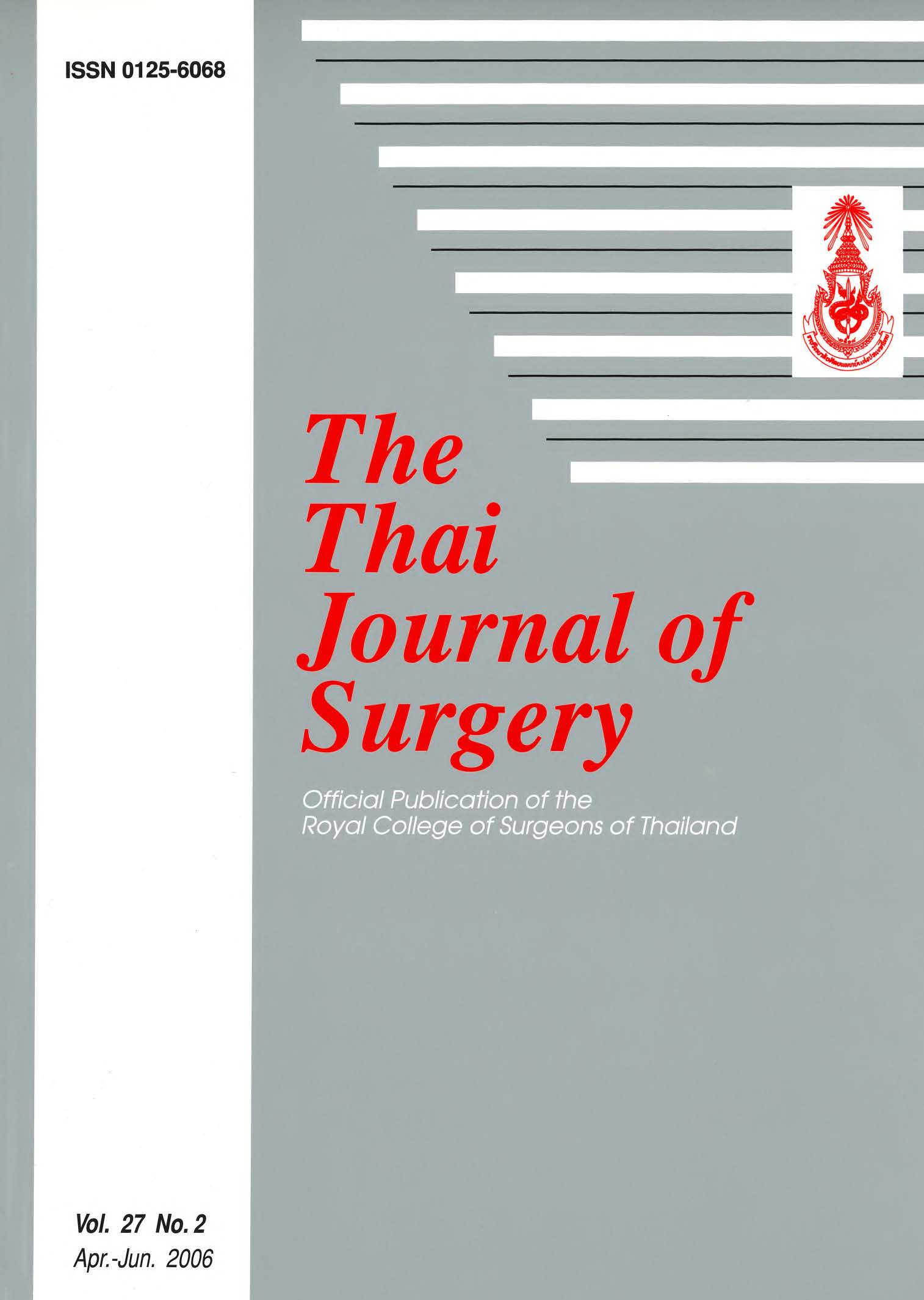The Effects of Changes in Testosterone Level on the Development of Cytokines among Patients with Prostate Cancer
Keywords:
Prostate cancer, testosterone, main fibro blast growth factor, insulin-similar growth factor-1, insulin, transforming factor of growth-βAbstract
Objective: To study the mechanism of development of low-differentiated androgen-resistant prostate cancer
Patients and Methods: Fourteen patients with stage 3-4 cancer of the prostate were held under examination. Inspection was carried out before and 1-month after orchiectomy.
Results: One month after orchiectomy all patients showed a significant decrease in levels of testosterone (p <0.005), 5α-dihydrotestosterone, 17β-estradiol (p <0.05) in comparison to initial indicators, while levels of LH and FSH had increased (p <0.001). The reduction of testosterone was accompanied by the increase of prolactin, STH, and estrone (p <0.05). The decrease in the level of testosterone was accompanied by the increase in the levels of insulin, IGF-1 (p <0.05), bFGF (p <0.01), 25-OHVitD3, and Ca++(p <0.05) as well as by a reduction in the levels of βTGF, IL-Iβ, TNFα (P <0.05), acid phosphatase (p <0.01), alkaline phosphatase (p <0.05) and PSA (p <0.005).
Conclusion: After orchiectomy an increase in the level of factors that raised kariomitotic activity was observed, while a decrease in the level of factors regulating the cell cycle and beginning of apoptosis was observed.
References
2. Stepanov VN, Shimanovskii NL. Androcure-preparation of the first line in palliative treatment of inoperable prostate cancer. Moscow Med J 2000;8:26-31.
3. Pummer K. The role of urologist in the management of hormone-refractory prostate cancer. Eur Urol Suppl 2002;2:24-8.
4. Pushkar DY, Radicle prostatectomy. Moscow: Medpress-inform, 2002:7.
5. Gray A, Feldman HA, McKinlay JB, Longcope C. Age, disease, and changing sex-hormone levels in middle-aged men: Results of the Massachusetts male aging study. Clin Endocrinol 1991;73:1016-25.
6. Vermeulen A, Kaufman JM. Androgens and cardiovascular disease in men and women. The Aging Male 1998; 1: 35-50.
7. Pechersky AV, Semiglazov VF, Mazurov VI, Karpischenko AI, Mikhailichenko VV, Udintsev AV. Androgen administration in middle-aged and ageing men: effects of oral testosterone undecanoate on dihydrotestosterone, estradiol and prostate volume. Int J Androl 2002; 25: 119-25.
8. Lopatkin NA. Guide to Urology. Moscow: Medicine, 1998(3):374,377-80, 385, 394-95,504
9. Sufi SB, Donaldson A, Jeffcoate SL. WHO Matched Reagent Programme Method Manual. 16t ed. London, UK, 1992:1992-3363.
10. Whitley RJ, Meikle AW, Watts NB. Thyroid function. Tietz textbook of clinical chemistry. 2nd ed. Philadelphia: wig Saunders, 1994:1698-739.
11. Morales A, Bain J, Ruljs A, et al. Clinical practice guidelines for screening and monitoring male patients receiving testosterone supplementation therapy. Int J Impot Res 1996;8:95-97.
12. Loran OB, Segal AS, Supryaga OM. Andriol in the treatment of secretion infertility and climacteric syndrome in men, Urol Nephrol 1999; 3: 41-4.
13. Glantz SA. Primer of biostatistics. Moscow: Practica, 1999:285-9.
14. Kettail VM, Arki RA. Pathophysiology of the endocrinal system. St. Petersburg: Nevskii Dialect, 2001: 175, 232-3.
15. Farber E. Cell proliferation as a major risk factor for cancer: a concept of doubtful validity. Cancer Res 1995;55: 3759-62.
16. Sporn MB. The war on cancer. Lancet 1996; 347:1377-81.
17. Bershtein LM. Hormonal carcinogenesis. St. Petersburg: Nauka, 2000: 10, 17, 31, 50, 51, 65, 69, 129.
18. Russo J, Russo IH. Differentiation and breast cancer. Medicina (B. Aires), 1997: 57:81-91.
19. Lavin N. Endocrinology. Moscow: Practica, 1999:42, 43,91, 93, 95, 102, 104, 346, 370-1, 373, 691, 877-98, 866, 966, 998-1004.
20. Pankov AU. Prolactin. Big Medical Encyclopedia. Moscow: Soviet Encyclopedia, 1983 (21):134.
21. Mendelson CR, Simpson ER. Regulation of estrogen biosynthesis by human adipose cells in vitro. Molec and Cell Endocrinol 1987: 52: 169-76.
22. Ryde CM, Nicholls JE, Dowsett M. Steroid and growth factor modulation of aromatase activity in MCF7 and T47D breast carcinoma cell lines. Cancer Res 1992;52: 1411-5.
23. Bershtein LM. Extragonadal estrogen production - role in physiology and pathology. St. Petersburg: Nauka, 1998:77,86.
24. Lueprasitsakul P, Longcope C. Aromatase activity of human adipose tissue stromal cells: effects of thyroid hormones and progestogens. Proc Soc Exp Biol and Med 1990; 194:337-41.
25. Jakob F, Homann D, Seufert J, Schneider D, Kohrle J. Expression and regulation of aromatase cytochrome P450 in THP1 human myeloid leukemia cells. Molec and Cell Endocrinol 1995; 110: 27-33.
26. Burrows H, Horning E. Oestrogens and neoplasia. Springfield: Charles C Thomas Publ, 1952: 189.
27. Zazerov EG, Severin ES. Molecular mechanisms of oncogenes of the prostate gland. News of RAMN 1998; 5: 29-35.
28. Vasilev YM. The social behavior of normal cells and anti-social behavior of tumorous cells. Soros Educational J 1997;4:17-22.
29. Lippman ME, Dickson RB. Mechanisms of normal and malignant epithelial growth regulation. J Steroid Biochem 1989;34:107-21.
30. Yam D, Fink A, Mashiah A, BenHur E. Hyperinsulinemia in colon, stomach and breast cancer patients. Cancer Left 1996;104:129-32.
31. Yarilin AA. Foundations of immunology. Moscow: Medicine,1999: 51-71, 111-44.
32. Roitt I, Brostoff J, Male D, Immunology. Moscow: World,2000:63-4, 168-93.
33. Loran OB, Pushkar DY, Frank GA. Prostate-specific antigene and the morphological characteristic of prostate cancer. Moscow: Medpress, 1999:13-4.
34. Kopnin VR. Targets of action of oncogenes and tumorous supersores: the key to understanding the basic mechanisms of cancergenesis. Biochemistry 2000; 65: 5-33.
Downloads
Published
How to Cite
Issue
Section
License
Articles must be contributed solely to The Thai Journal of Surgery and when published become the property of the Royal College of Surgeons of Thailand. The Royal College of Surgeons of Thailand reserves copyright on all published materials and such materials may not be reproduced in any form without the written permission.



